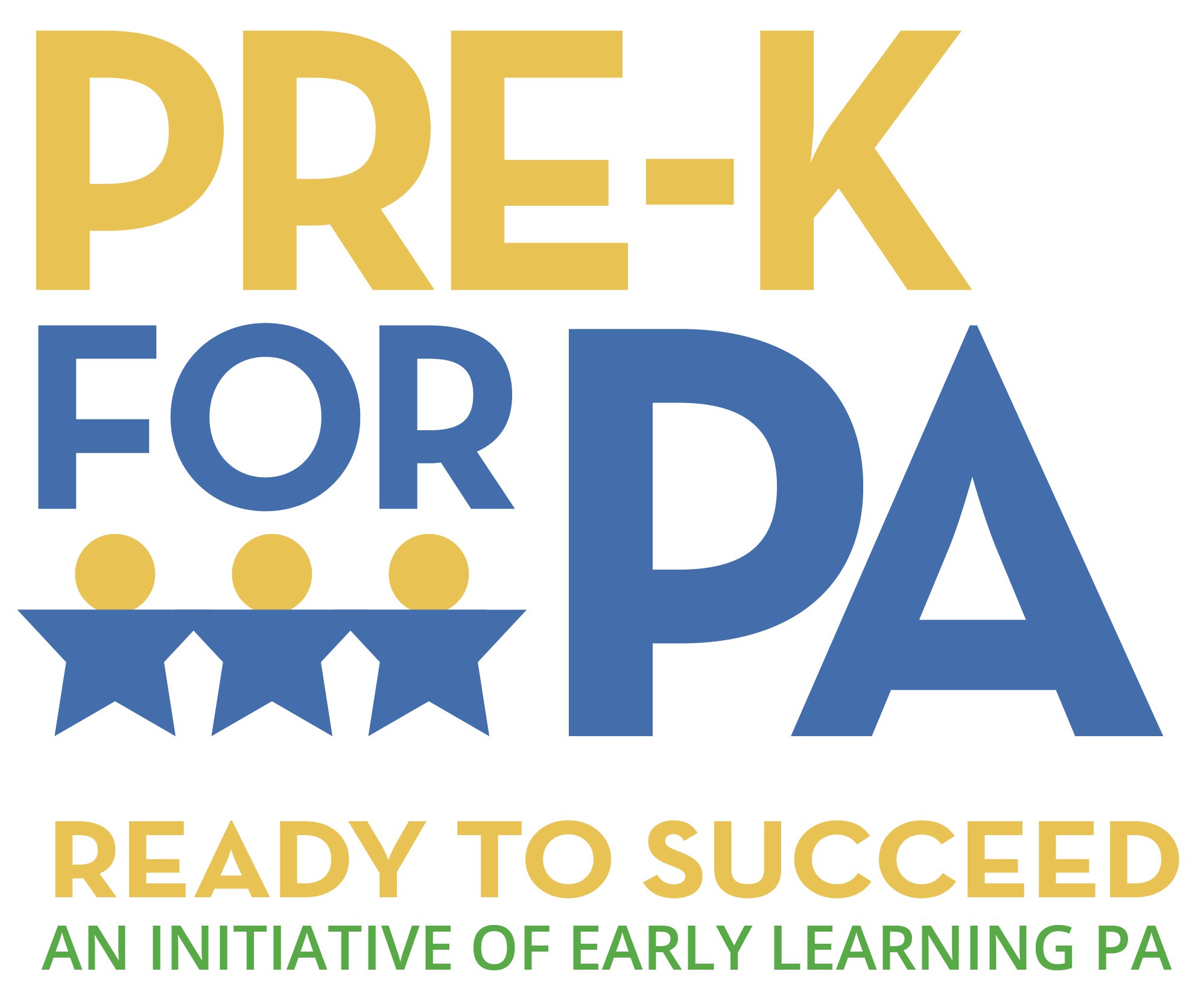By Jordan Anderson
May 20, 2024
Teachers are burned out, and Maya Arrington knows it.
At Shady Lane School, her job is to provide additional support to teachers when they need it, bouncing from classroom to classroom throughout the day. The school used to exceed mandated staff ratios and usually had an additional teacher on hand to fill in when someone called out or just needed a break. That’s not the case anymore, and Ms. Arrington has worked to fill the gaps.
“You never know what is actually needed until you step into that space and you see it for yourself,” Ms. Arrington, the school’s social-emotional learning program coordinator, said. “Because I didn’t recognize that there was a lot more that could be done here until I came into the field.”
Shady Lane School in Point Breeze has been educating Pittsburgh’s children for more than 50 years, but the reality of early childhood education looks much different than it once did.
A historic staffing crisis is causing classrooms and entire programs across the state to decrease their capacity or close, leaving working families without access to critical early learning programs. Less than half of eligible children in Pennsylvania attend a high-quality preschool program.
Providers and early childhood advocates are hopeful, though, that some relief is on the way. Governor Josh Shapiro has asked the General Assembly to invest in programs that make Pre-K more accessible to low-income families, and an initiative to attract and retain teachers.
The governor has requested $30 million for Pre-K Counts and another $3 million for Head Start, two programs that provide free preschool to children falling below the poverty line. The governor also asked to increase subsidy rates for early child learning centers, which could help alleviate some of the rising food, utility and other operating costs burdening providers.
And to tackle the teacher shortage, advocates are pushing for $284 million toward an early childhood workforce recruitment and retention initiative
“Right now, we are seeing a crisis that can’t be subsidized on the backs of childcare teachers, nor can we put this on the backs of families who are already expending all their resources that they can,” said Emily Neff, director of public policy for the Pittsburgh-based child advocacy nonprofit Trying Together.
New workforce initiative
The Pre-K for PA campaign, a coalition of statewide providers and children’s advocacy organizations, have pushed for these kinds of investments for more than a decade. The issue is now reaching a fever pitch, Ms. Neff said. In Allegheny County alone, nearly two dozen child care facilities have shut down since the pandemic.
“The root issue is that we need to invest in our supply side, which is our teachers,” Ms. Neff said. “Without continuing to recruit and retain high quality teachers, we will not be able to serve all the eligible children who want access to these programs.”
The proposed boosts to Pre-K Counts and Head Start would increase the amount of money providers would receive for each child they serve through these programs. Ms. Neff said the workforce initiative could make sure there are enough teachers to keep Pre-K Counts and Head Start classrooms staffed, generating funding for monthly wage increases or bonuses for staff who stay on the job for a certain length of time or meet certain credentials.
“Directors tell us constantly that they’ll think they have a good person that they can hire, but then they won’t show up for the interview because they see what the wages are,” Ms. Neff said.
Other early care and education programs rely on the state for funding, but not in the same way as Pre-K, which doesn’t see any federal money.
Compared to more than 25 states with similar Pre-K programs, Pennsylvania ranks 14th in per capita spending. The state spends about $1,000 per capita – that’s far less than neighboring New Jersey, which is ranked first and spends nearly $4,000.
Early care and education providers statewide agree that additional program investments and incentives are needed to hire and retain quality Pre-K staff. Under the constraints of tight operating budgets, providers are often unable to provide their teachers with annual cost-of-living raises or merit-based bonuses.
For equivalent experience and credentials, kindergarten teachers and elementary school teachers make double that of a preschool teacher. On top of that, they can earn much more generous health and PTO benefits, said Kari King, president and CEO of Pennsylvania Partnerships for Children.
“Historically, there’s always been a lack of investments in the field, especially in wages and benefits for those educators,” Ms. King said. “This is about providing wage increases that make sure that programs are able to be operational, have professionals in the classrooms.”
Providers fear that without securing and maintaining additional funding to fairly compensate teachers, families will see longer waiting lists and fewer high-quality options.
“When you’re in those programs, there are requirements around the staff ratios, their education,” Ms. King said. “That comes with a cost – as it should. You should be appropriately paying someone who has a certain level of education to make sure kids are seeing positive outcomes.”
Meeting the demand
Programs that have achieved high quality are compensating in the ways they can, while still meeting teacher-student ratios and other state requirements. Many are decreasing how many children they serve, including Shady Lane School.
The school, which offers Pre-K counts, has a total capacity for 202 children, but only has about 130 children currently enrolled. The school doesn’t want to bring more kids into already overwhelmed classrooms, especially in the face of increased staff turnover.
Lindsey Ramsey, executive director of Shady Lane School, says teachers are seeking better wages available at Pittsburgh Public Schools or in other fields entirely. The school property is large enough to add more classrooms, which could expand its capacity for programs like Pre-Counts, but it would require more staffing to do so. That’s not possible at the moment, Ms. Ramsey said.
She realizes that offering those extra spots would do good in a county where just over half of children eligible for preschool are receiving that critical early education. The school did increase their Pre-K Counts slots from 11 to 28 in the past year, but it’s still not enough to meet the demand, especially for families who cannot otherwise afford Pre-K programming.
Read the full article here.





